Direction for disbursement tightened after mixed results
According to the Ministry of Finance, the disbursement of the state budget capital as of the end of July stood at nearly $8.1 billion, accounting for 34.47 per cent of the yearly plan and a slight on-year reduction. Of this, one centrally-run agency and 11 localities reported disbursement at more than 50 per cent, 17 ministries and agencies have reported less than 10 per cent, and the remaining met the national average.
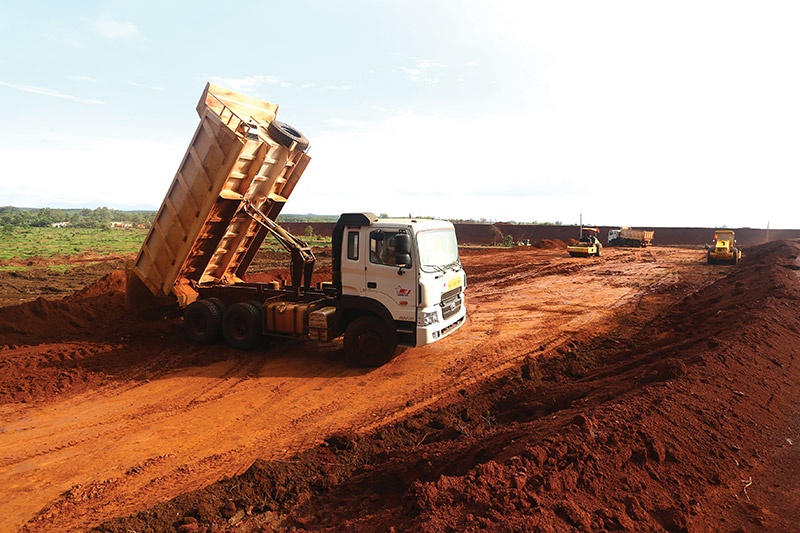 |
| Some major infrastructure projects are delayed and costs are only going to go up in that case, Le Toan |
Specifically, in Ho Chi Minh City, the disbursement of public investment in the first seven months accounted for about 15 per cent of the total allocated capital or almost $1.4 billion. This figure includes $108 million from the central budget and $1.28 billion from local funds.
Many important works in the city have yet to expense anything, including one project for green traffic development, a water improvement initiative in the Tau Hu-Ben Nghe-Doi-Te canal basin, compensation and resettlement support for metro line 2 (Ben Thanh-Tham Luong), and an environmental sanitation project.
Director of Ho Chi Minh City Department of Planning and Investment Le Thi Huynh Mai said that the cause of the slow disbursement of public investment related to long delays with compensation for site clearance.
“In addition, the price of raw materials is rising along with the cost of labour, so contractors are pausing or reducing construction because they are concerned that the more they work, the more losses they incur,” said Mai.
The Vietnam Academy of Science and Technology (VAST), which was allocated about $174 million, showed one of the poorest performances by realising only 2 per cent in the first seven months of the year. Explaining the situation at last week’s governmental meeting between the prime minister and ministries, agencies, and localities, VAST president Chau Van Minh said, “The amended Law on Construction and its requirements on fire prevention have caused some delays in the implementation of public investment. It takes time for several parts of projects to fall in line with the regulations.”
In terms of the public investment project to build the headquarters of the Ministry of Foreign Affairs, Deputy Minister Nguyen Minh Vu said that the delay was caused by the low capacity of the contractors and their inability to carry out the next phases of the project. Three more projects are also waiting for licenses there so they cannot spend any money.
The Ministry of Planning and Investment (MPI) has pointed out over 20 obstacles in the implementation of state-funded projects in various sectors. These belong to three groups including those related to institutions and policies (in the fields of land, natural resources, the environment, state budget and public property, construction, bidding, and public investment), those related to implementation and organisation, and those caused by the specifics of the 2022 plan.
On the other hand, numerous ministries, agencies, and localities are reporting very good performance. They said that the most important lesson is to focus public investment on a smaller number of projects instead of spending on too many at once.
For example, the Ministry of Transport has approved 12 big projects for public investment, Thai Nguyen province has selected nine using the state budget and five using the local budget, and Cao Bang province has two important projects. Across the country, the government has cut about 5,000 projects compared to the previous term, with the figure now standing below 5,000.
Chairman of Quang Ninh People’s Committee Nguyen Tuong Van said, “The number of projects this term is only about one-eighth of the 600 public investment projects of the province in the previous term, including nine new projects starting last year and about 12 projects this year.”
Quang Ninh province is focusing on 10 key projects that are driving forces for development with a total capital of about $1.74 billion. These include the Van Don-Mong Cai expressway ($304.3 million) and a new road along the river connecting the Halong-Haiphong expressway with Quang Yen town and Dong Trieu town ($391.3 million).
Chairman of Thai Nguyen People’s Committee Trinh Viet Hung said that the northern province is paying attention to major projects, such as the route connecting Bac Giang, Thai Nguyen, Vinh Phuc, and Tuyen Quang with a total investment of about $174 million for phase 1 and $87 million for phase 2. Currently, Thai Nguyen has disbursed about 59 per cent of the total capital of more than $217.4 million.
According to the MPI, for the direction of public investment disbursement in 2022, the government and prime minister have already issued nine resolutions (two of them specialising in public investment disbursement), three dispatches, and seven documents. An online conference with ministries, agencies, and localities has been organised and six task forces to overcome challenges and boost disbursement have been established.
Prime Minister Pham Minh Chinh has requested that the disbursement of public investment capital is considered a key task. If it is not completed in line with the annual plan, the head must take responsibility and the capital should be moved to other projects or investors. The prime minister hopes that in the next month’s meetings related to the disbursement of public investment, many successes are reported to provide a positive outlook for economic growth in the last months of the year.
| Pham Minh Chinh, Prime Minister
I highly appreciate all the ministries and agencies that have performed well in the disbursement of public investment – at 50 per cent and more – but must criticise those that have fallen below the average of the country’s figures. Disbursement of public investment is a very challenging task. The disbursement figures in the first seven months of last year reached 35-40 per cent, and the performance of 2020 and 2021 as a whole was good (at 96-97 per cent of the yearly plan). In 2022, the public investment plan is set at $23.56 billion, 2.5-fold that in 2016 and $4.8 billion higher than that last year. Even though the task is exceedingly complicated, we should maintain our bravery and promote the wisdom and synergy of the whole political system. With great determination and effort, along with drastic and synchronous direction, we can find solutions that are suitable for the situation. We should further enhance the responsibilities of ministers, agencies, and chairs of the people’s committees of provinces and cities. They should review all procedures and work in line with regulations to control corruption. They must review regulations under their management, and where possible, immediately correct errors. If jurisdiction falls under the authority of the government, they should propose solutions. The MPI should study and propose capital adjustments among ministries, agencies, and localities, and they can self-move the capital of their various projects. Those that have not performed well must be humble, ask for advice, and refer to the practices of better-performing units, including setting up task forces and taking part in monthly meetings. The MPI and the Government Office have to urgently build, complete, and also submit a resolution on this content to the government, which will promote significant changes for the future. |
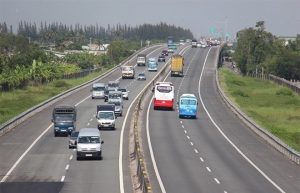 | Government sets up six working groups to boost public investment disbursement Prime Minister Pham Minh Chinh signed Decision No.548/QD-TTg on May 2 establishing six working groups to solve problems related to the disbursement of public investment. |
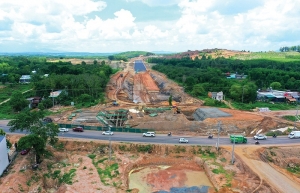 | Disbursement continues to play catch-up Disbursement of public investment and official development assistance remains slow compared to the plan assigned by the government while the speed of economic recovery greatly depends on public investment, with its efficiency expected to contribute to Vietnam’s rapid and sustainable growth. |
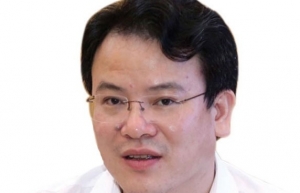 | Tackling slowing public investment for good of nation A large proportion of public investment capital in the first four months of this year has not yet been assigned following detailed plans. The capital is aggregated from the central and local budgets and its assignment falls under the responsibility of ministries, sectors, and localities. However, the relatively slow disbursement was caused by poor forecasting and planning. |
What the stars mean:
★ Poor ★ ★ Promising ★★★ Good ★★★★ Very good ★★★★★ Exceptional
Related Contents
Latest News
More News
- EVN launches major power infrastructure projects nationwide (December 19, 2025 | 18:17)
- VAL inaugurates second production line to meet domestic animal feed demand (December 19, 2025 | 16:37)
- Sun Group pioneers urban tram system in Phu Quoc (December 19, 2025 | 15:00)
- Seven major projects launched to drive Hanoi’s next growth phase (December 19, 2025 | 14:00)
- Securing capital and efficiency for Vietnam’s 2026-2030 growth ambitions (December 17, 2025 | 10:00)
- Vietnam bucking trend in the global M&A landscape (December 16, 2025 | 14:20)
- HDS Summit spotlights Vietnam’s rising role in regional supply chains (December 16, 2025 | 08:00)
- Kolon signs $48 million airbag supply deal with Autoliv (December 15, 2025 | 18:14)
- National Assembly approves Vinh–Thanh Thuy expressway project (December 15, 2025 | 18:02)
- Quang Tri green-lights $1.59 billion LNG-fired power project (December 15, 2025 | 17:59)

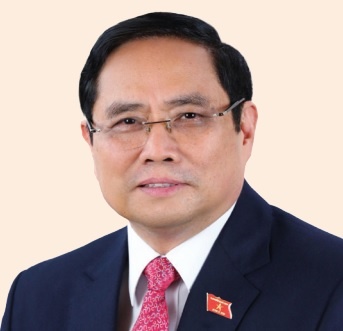
 Tag:
Tag:






















 Mobile Version
Mobile Version